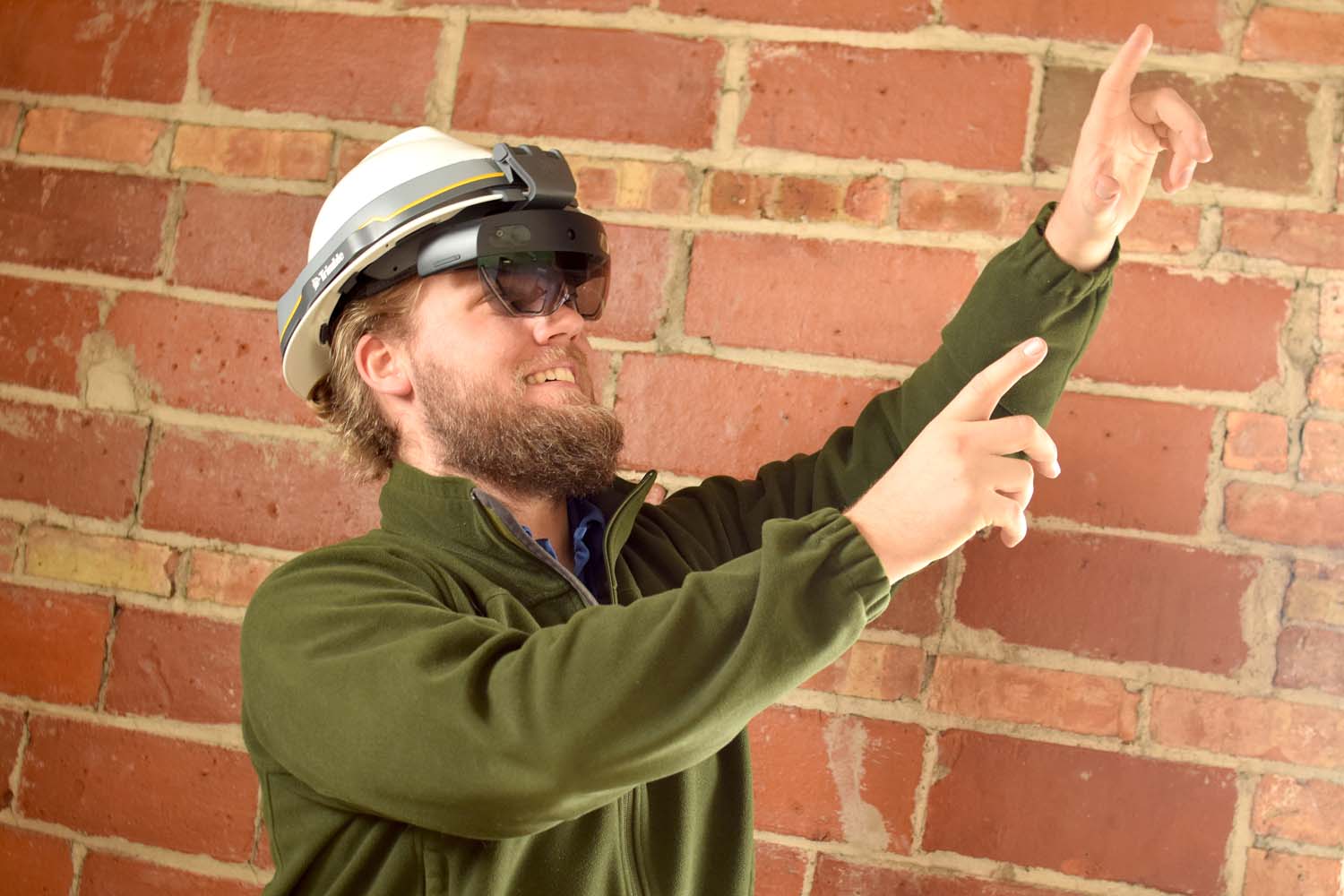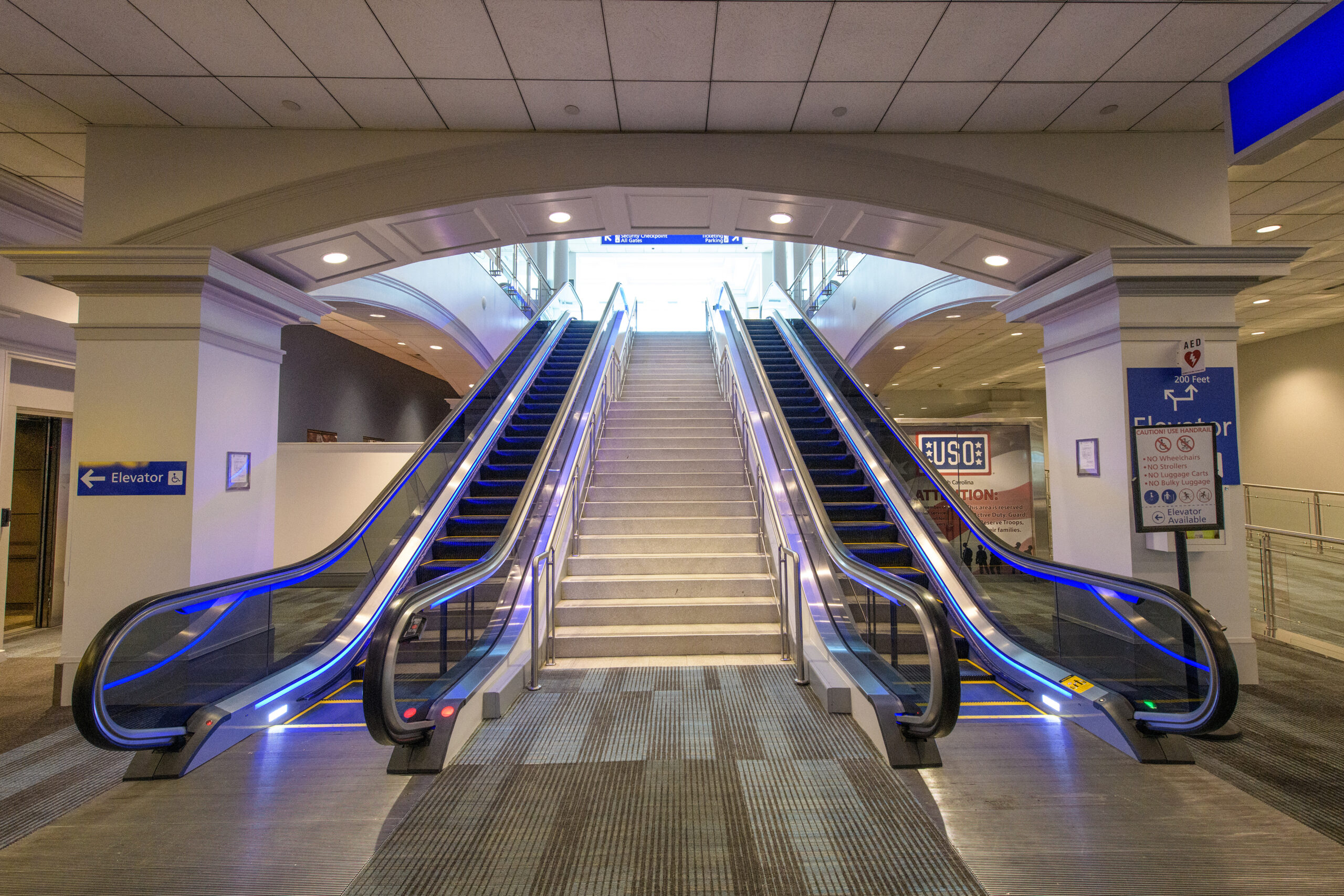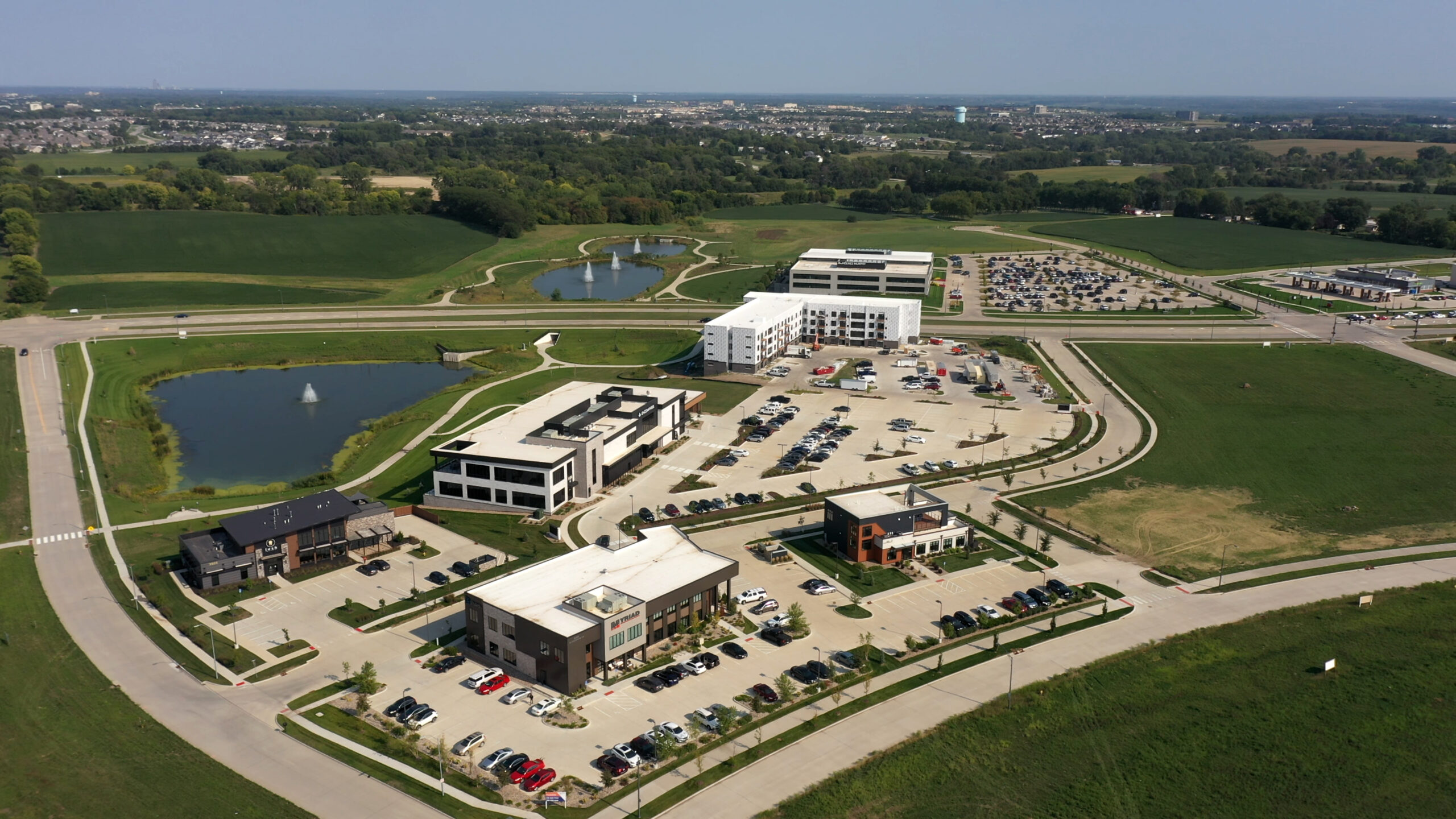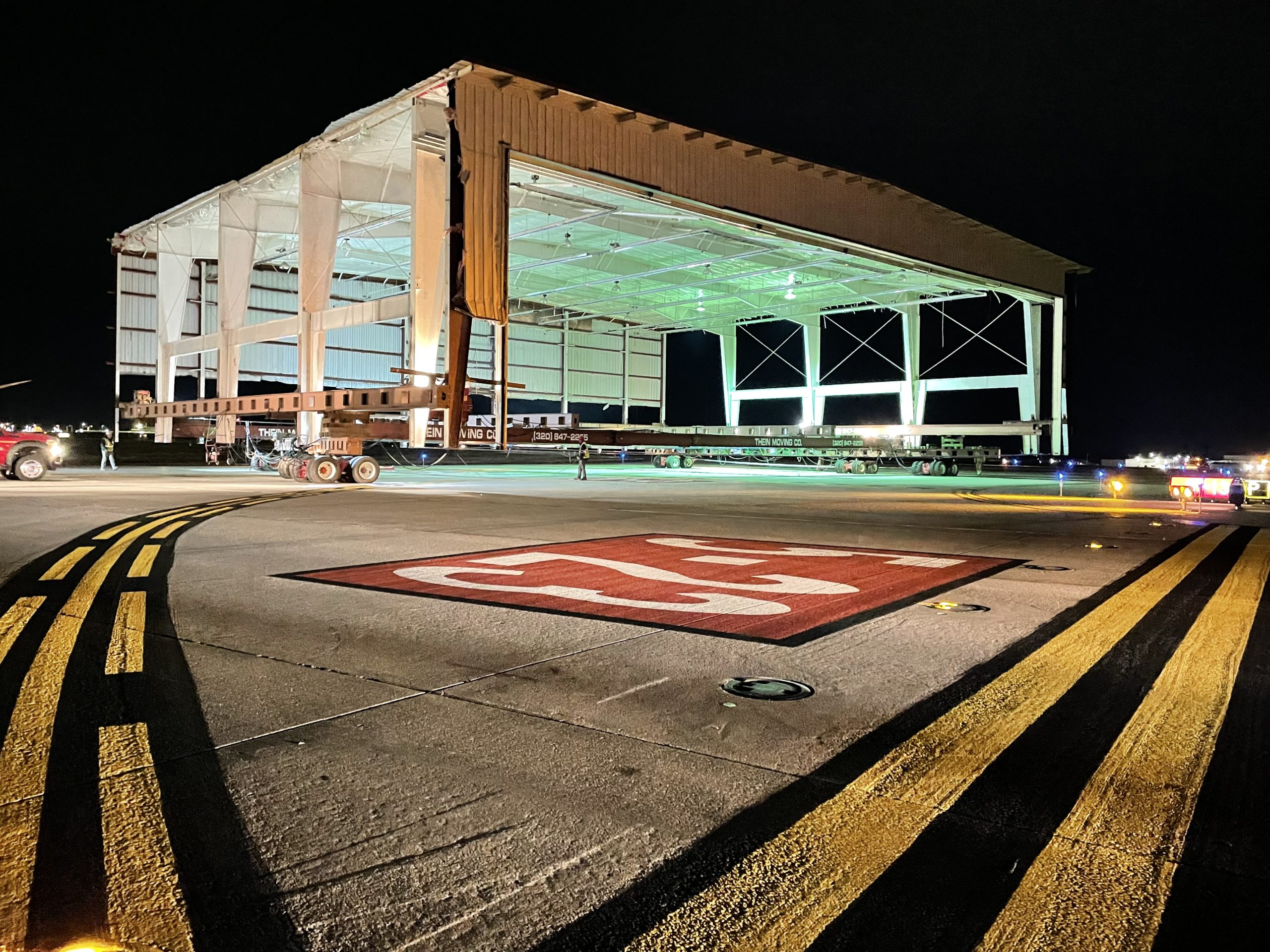
Every day we see or hear about examples of digital transformation and technological advancements that impact all aspects of our lives – new technologies emerge in every industry, applications get better with upgrades released faster and faster, and the pace of change continues to increase exponentially. At Foth, we are dedicated to leading the improvement of the systems, processes, and products we deliver to our clients across industries spanning transportation, aviation, utilities, and more, often through emerging digital technologies.
Digital transformation at Foth means incorporating the latest and best tools to improve our clients’ positions. Our goal is to provide digital deliverables that have advanced intelligence, accuracy, and flexibility. Where it was common in the industry to deliver a binder of drawings 10 years ago at project completion, today we provide an interactive digital twin we can continue to build upon, serving clients better into the future.
Digital Transformation in Action
In the University Avenue Project completed in 2018 in Cedar Falls, Iowa, we were retained to develop a transportation plan, complete engineering and design, and see the project through to construction. We used digital applications to capture better data, improve collaboration, and provide a technologically advanced product to our client delivered ahead of schedule and under budget.
The project included turning a six-lane highway into a four lane, multi-purpose thoroughfare and to replace six of eight signalized intersections with roundabouts to improve traffic flow, accessibility, and safety for pedestrians and motorists. Using Bentley’s open applications to create a single Building Information Model (BIM) on which to collaborate, we reduced the design phase by 50% and created a data-rich interactive model for use into the future.
In the data acquisition phase, we used drones and mobile LiDAR scanning to efficiently capture accurate data. With 100 Foth members from seven offices working on the project, we used digital tools to manage and collaborate on more than 21,000 files and 122 gigabytes of data throughout the five-year project lifecycle. In combination with the BIM model, we used digital applications for traffic modelling, utility coordination, and to compare design alternatives.
The University Avenue project faced intense public scrutiny and required rigorous consultation and collaboration with numerous stakeholders. Foth’s digital model and animated virtual representation proved highly effective in fast-tracking client feedback as well as facilitating discussions and gaining approval from municipal, commercial, and community stakeholders.
Using digital applications for this project saved 1,600 hours of design time and more than $200,000 in project costs. Once the Foth model was used to construct the roadway, the City of Cedar Falls saw an 18% reduction in crashes and an 89% reduction in injury crashes. Of the project’s $38.9M USD budget, the projected return on investment is $32M USD over the next 25 years.
The Benefits of Going Digital
In addition to the benefits illustrated in the University Avenue project, the reliable and accurate data produced by using digital tools allows such third parties as construction contractors to provide detailed cost estimates that are often lower than anticipated due to the certainty of the project scope.
In the ideal digital world, all applications integrate seamlessly with one another, reducing the need for manual input processes. Emphasis is put on eliminating dark data, or dead-end data, ensuring the data captured is used effectively to develop impactful solutions that best meet clients’ needs.
Through digital tools, clients are provided with a highly useful 3D digital twin they can use to anticipate future needs and model solutions. Beyond construction, the data contained in a digital twin provides intelligent information about improvement opportunities on which to base timely operations and asset management decisions.
The Future of the Digital Transformation
While the world’s population is continuing to increase, the need for infrastructure – both new and to replace aging assets – is substantial, and it is incumbent on industry to maximize every dollar of investment. Using digital tools is key in doing so.
In the future, we will see autonomous vehicles filling our streets, requiring transportation networks integrated with smart cities. The Internet of Things will provide for instantaneous communication and sharing of high-quality data. Augmented Reality and machine learning will support the design and construction phases of new infrastructure projects, leading to quicker and more accurate decision making.
Dedicated Team of Technology Experts Deliver for Clients
Foth’s Applied Technology Team is embedded into each business unit – Infrastructure Solutions, Environment Solutions, and Production Solutions – to ensure Foth is providing clients with the best digital tools available today and to anticipate the next wave of technology and applications.
This dedicated focus means that no matter the project, Foth’s digital tools can improve efficiency, provide better data, and ensure accuracy and flexibility of the products we deliver for clients.
Markets: Airports, DOTs, Municipalities
Services: Aviation Services, Transportation Services




